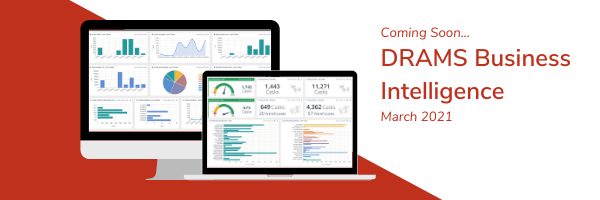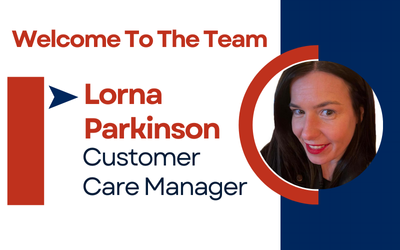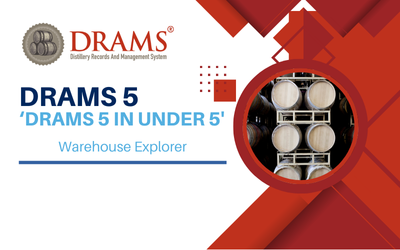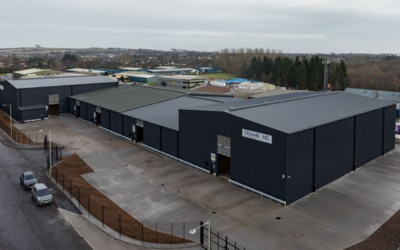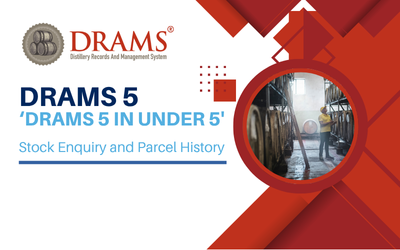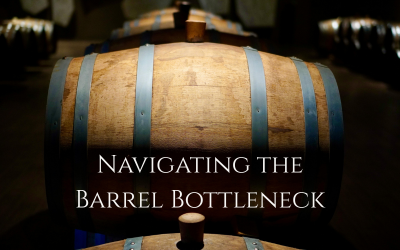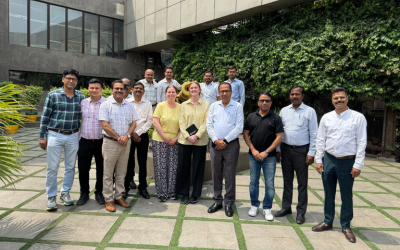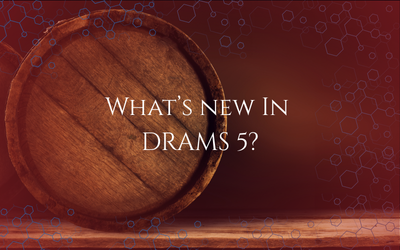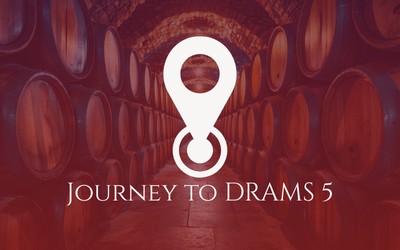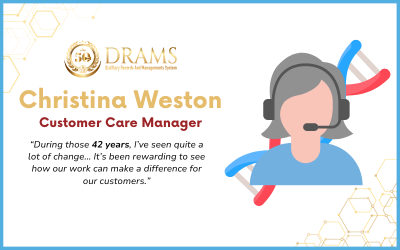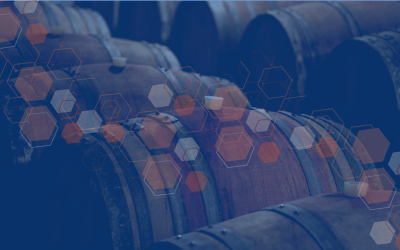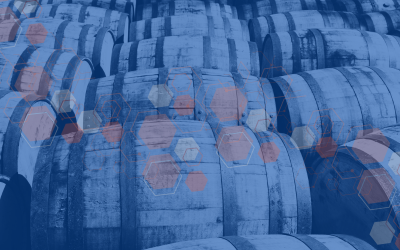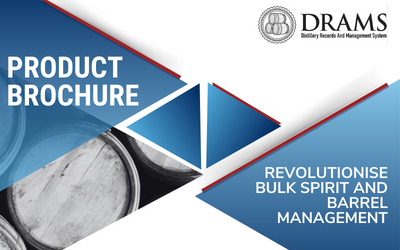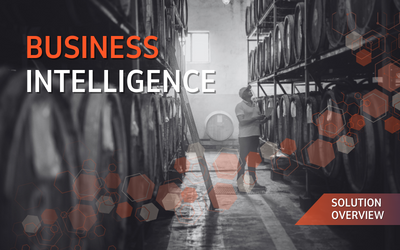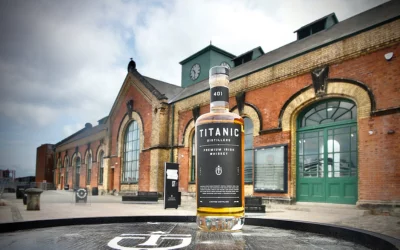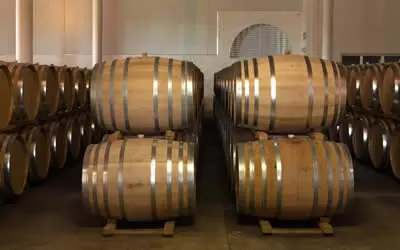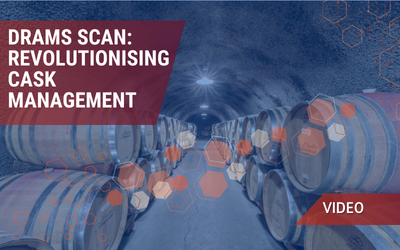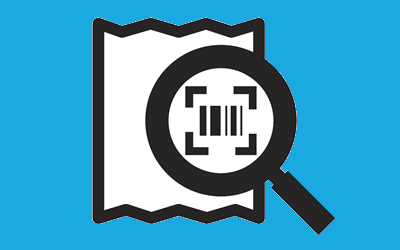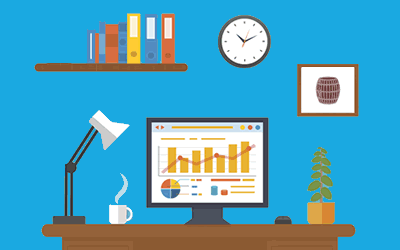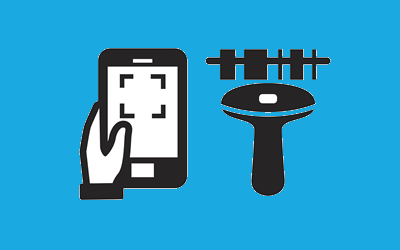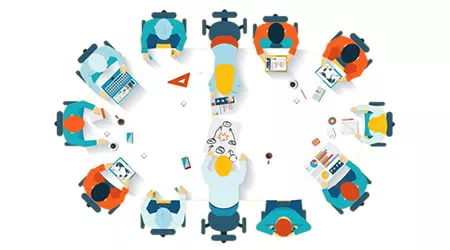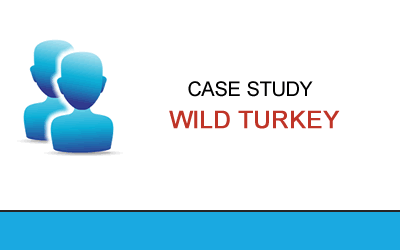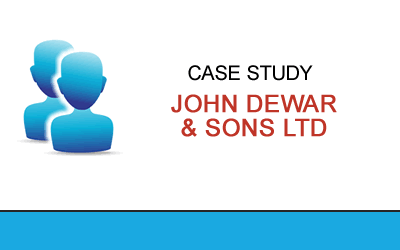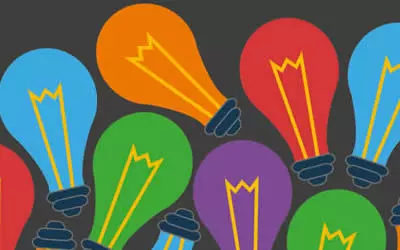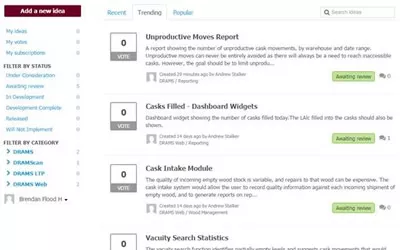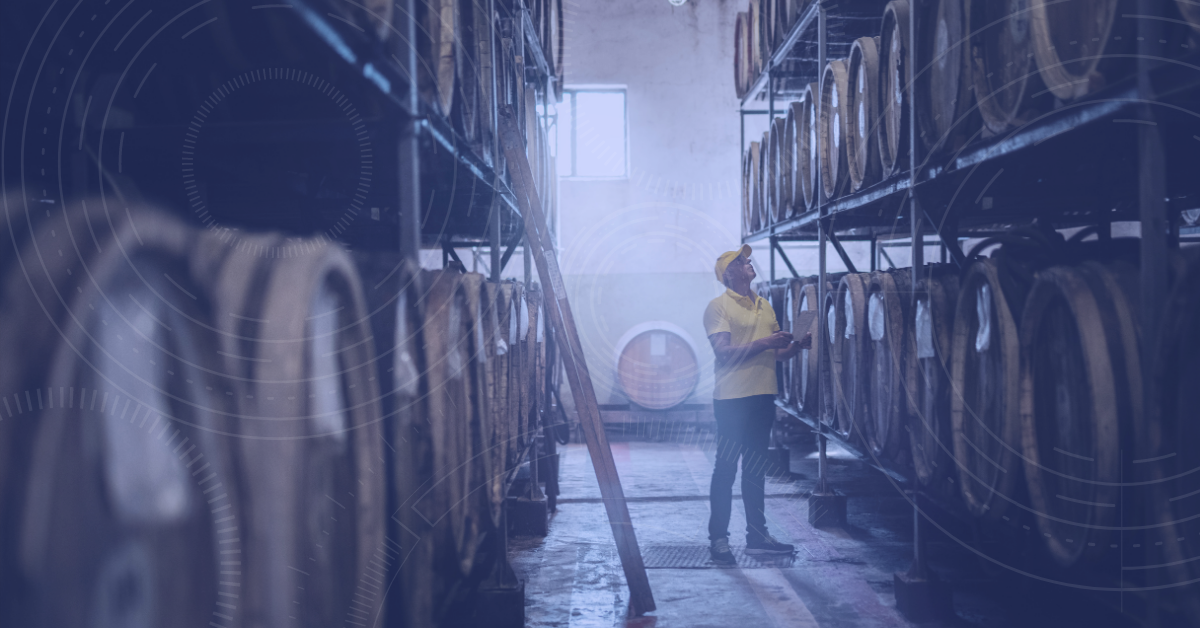
As a complex operation with many moving parts, it’s no surprise that most warehouses are on an ongoing mission to maximise productivity. Optimising workflows, introducing automated processes, and reducing the amount of time and resources wasted are all part and parcel of the continuous efforts to eke-out the best results.
It is undeniable that automated robots, sophisticated AI and innovative machine learning systems are all having a huge impact on warehousing and logistics industries.
But in addition to enhancing productivity; these solutions all have one other factor in common. Successfully implementing them will require a significant investment.
So, what’s the alternative? How do distillery warehouses drive productivity improvements without breaking the bank?
The answer. Gamification.
What is Gamification?
The term Gamification is currently being used to describe the integration of game mechanics to standard operational tasks to promote strategic objectives and increase the participation of a target audience.
Employees are responsible for their own productivity, so the theory is that by leveraging natural human competitiveness, Gamification can be used to set concrete goals for activities and to motivate team members to increase their output.
As a growing trend, it is also becoming increasingly prominent in manufacturing and warehousing industries, particularly as ongoing research continues to highlight its numerous benefits.
So much so, that warehousing giants like Amazon are going all out in their attempt to make work ‘fun’. Converting their warehouses into all-encompassing video games, Amazon are using screens installed next to worker stations to transform the physical actions of their employees, such as assembling orders and moving items, into virtual in-game moves. So, the faster someone picks items and places them in a box, for example, the quicker their car will move around a virtual track.
How can distilleries benefit from Gamification?
From employee of the month; leader boards for the number of items picked or stowed, to cutting-edge apps which transform mundane tasks into something else entirely; the practical application of gamification theory can be varied and doesn’t depend on revolutionary technology or practices.
As a result, there is no one absolute way in which Gamification theory can be applied to distillery warehousing and operations; especially as you consider that at the heart of all attempts to improve employee productivity lies an exercise of monitoring and measuring current performance.
For some, this performance measure is represented by game scores, but for organisations not quite so entrenched in the theory, these can simply be replaced by the metrics more closely associated with business or individual performance.
Given that the ‘fun’ of a game often disappears when it is unclear who is winning and how you compare, it then becomes important to ensure that these metrics – which form the objective of the game – can be communicated clearly and concisely to all involved.
Studies suggest that as business intelligence gets shared beyond the boardroom and becomes part of the general discussion, team members become increasingly invested in the outcome and therefore are much more likely to put forth the effort to deliver results. Data transparency can also be seen to promote open communication, improve problem-solving, enhance inter-departmental co-operation and provide an overall boost to employee morale.
Data Analytics & Dashboards: A steppingstone to distillery gamification
One of the easiest ways to take this information and share it with the masses is with dashboards. Displaying key metrics and data related to the current status of the business, these dashboards enable everyone to identify the areas performing well and those requiring improvements.
While not a virtual racetrack, by making performance data accessible in real-time and by simplifying the reporting process, distillery dashboards deliver some of the fundamental elements required to make gamification theory a success.
In recent years, reporting and data analysis tools have been growing steadily more advanced. However, for many distillers, the challenge with mainstream Business Intelligence tools lies in the time-consuming and often technical processes required to produce meaningful insights.
What’s more, these tools often require the data to be extracted from one system and moved to another before it can be analysed, which typically places barriers in the way of achieving insights in real-time.
Designed to address many of these challenges, DRAMS are launching our Business Intelligence Module as well as introducing new features to the existing DRAMS solution. As a new report writing and dashboarding tool, DRAMS BI integrates directly with the DRAMS system offering instant access to all inventory and transaction data. Read more about DRAMS BI.
Using DRAMS BI, Operations and Team Leaders can create custom dashboards which:
- Monitor operational KPIs such as the number of barrels filled, dumped or stowed.
- Measure the performance of individual operators by tracking the number of scanning transactions performed.
- Highlight areas of concern such as a Filling line not in operation or a Barcode Scanner out of Service.
- Enable pre-emptive actions to be taken and costly mistakes to be avoided by monitoring the number of casks not stowed correctly or left in the reject bay.
- Show planned activities and progress towards objectives such as dump and fill operations or expected tanker movements
To showcase the updates to the reporting capabilities of the DRAMS Web solution and to introduce the new Business Intelligence module, we will be releasing additional information over the coming weeks.


